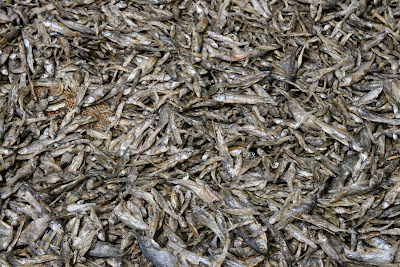On Sunday, December 22, we drove the mini-bus and the truck to the Kamena church—out in the bush 22 miles from Serenje. The road is not always easily passable and as Joshua said, it is “too much bad.” Somewhere along the way we hit something that gave the mini-bus a rattle so we made temporary repairs by crawling under the engine and tying on a wire.
The worship at Kamena opened with the men and women singing in beautiful, rhythmic a cappella hymns. The small, mud-brick building was packed with worshippers and 115 children were seated and kneeling on the broken cement floor at the front of the church. Navice introduced me to the congregation and then delivered an impassioned message in Bemba. After the service, it seemed that the entire congregation stayed around to observe the distribution of clothing. Navice, Freddie, and I handed out new dresses, shirts, pants, sweatshirts, and shoes to the 100 orphans sponsored by the Hope Center. It was a delight to see the surprise and joy on the faces of the children, many of whom were wearing only filthy rags for clothing. Afterward, the children waved their thanks for Cornerstone’s generosity.
To finish out our Sunday at Kamena, several of us climbed the granite “whaleback” just outside the village. The top of this 440-foot high granite outcropping gave us a beautiful view of the forests and fields around Kamena. Navice and I had spent a wonderful week laboring together planting crops and distributing clothing. It was the best of times in the Lord’s service.



















































